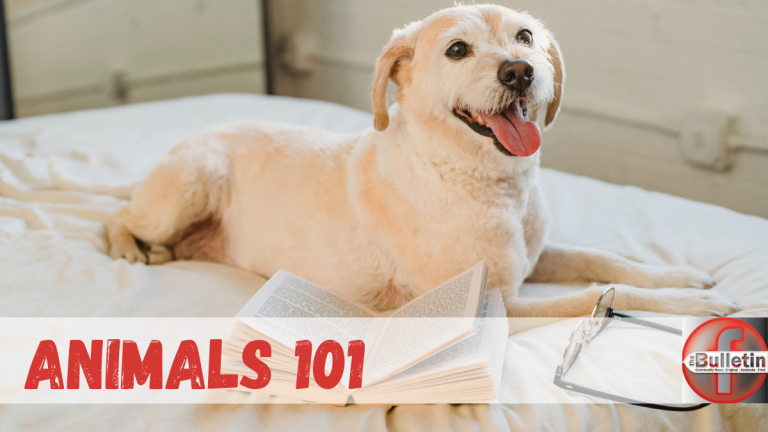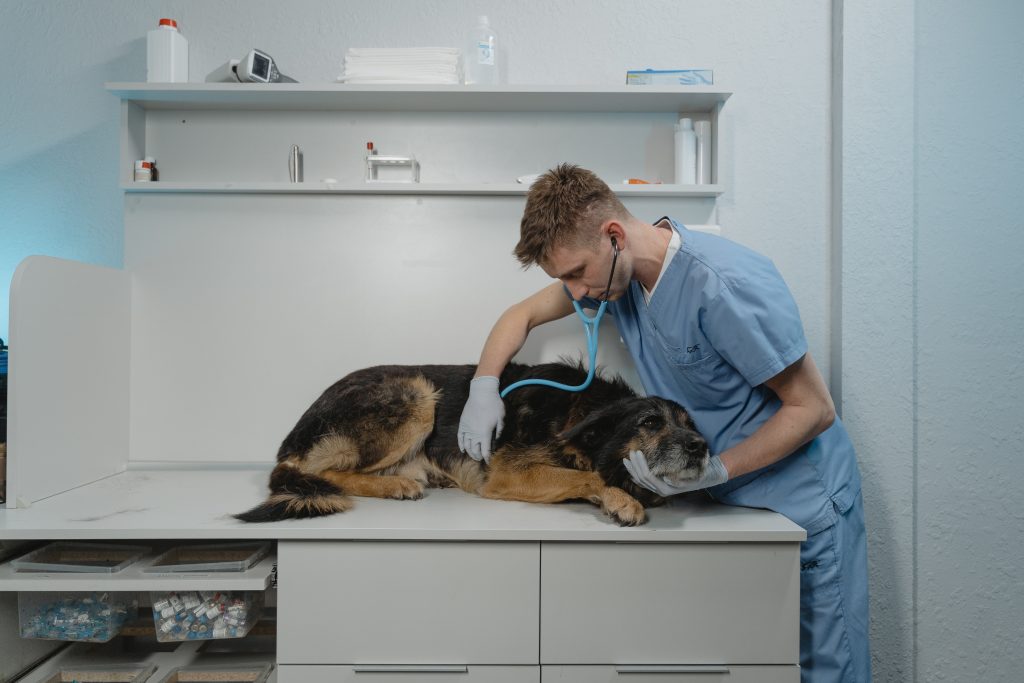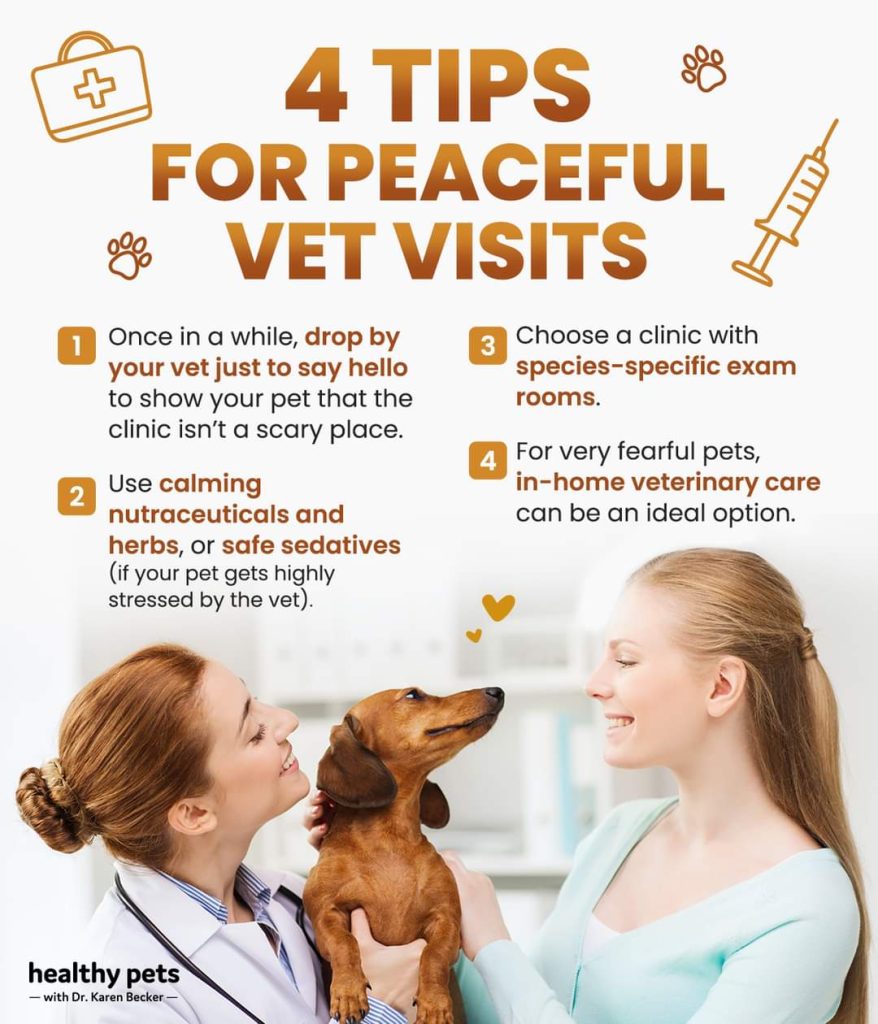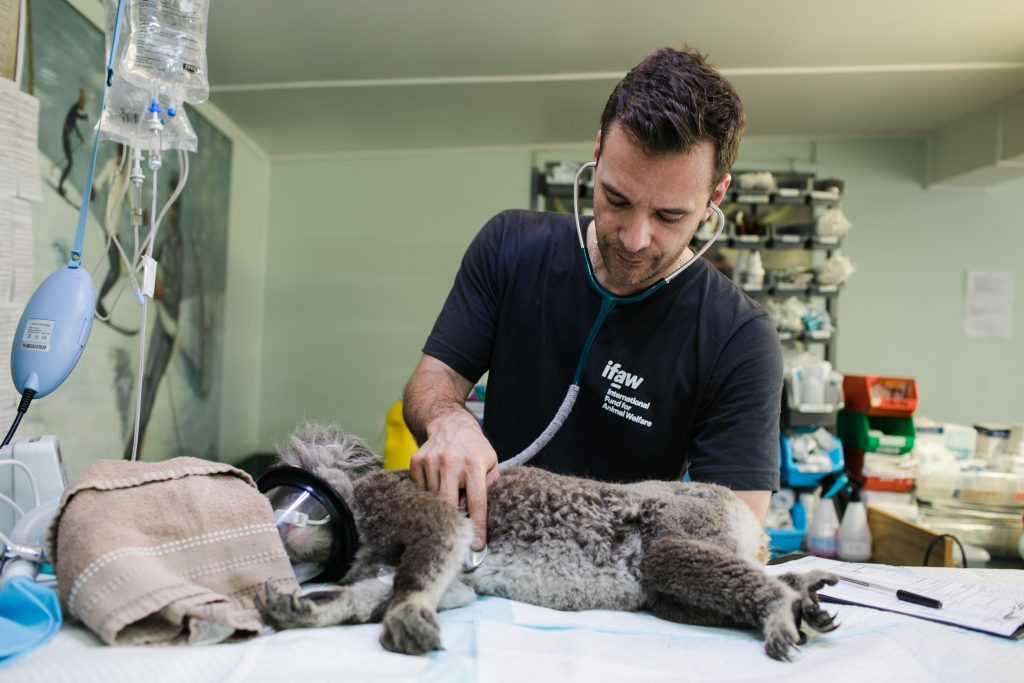
MAKING VETERINARY VISITS BETTER FOR YOUR PET, YOURSELF, AND THE VET.
Veterinary visits are an essential part of maintaining your pet’s health, but they can be a source of significant stress for pets, owners, and even veterinarians. According to research, nearly 80% of dogs experience fear, anxiety, and stress during vet visits, and for cats, the stress can be even greater due to the added trauma of being placed in a carrier and transported. However, there are several strategies that pet owners can adopt to make these visits less stressful and more manageable for everyone involved. Here’s how you can make vet visits better for your pet, yourself, and your vet.
Fear and anxiety at the vet’s office can manifest in various ways, such as refusal to enter the clinic, trembling, panting, increased heart rate, and even aggression. These stress responses can interfere with the accuracy of medical examinations and treatments, making it difficult for veterinarians to provide the best care. Additionally, the stress experienced during vet visits can lead pet owners to delay or avoid necessary check-ups, which can negatively impact their pet’s health.
For the pet’s guardian, one big source of stress, apart from what is wrong with your pet, is certainly the cost aspect. Consider pet insurance to address this, or at least save money for emergencies. When you have a good relationship with your vet, they will likely allow you to arrange a down payment. Volunteer at local animal rescues as some might also be able to help with that.

PREPARING YOUR PET
Acclimate Your Pet to the Vet’s Office: One effective way to reduce your pet’s anxiety is to familiarize them with the vet’s office. Occasionally dropping by the clinic just to say hello can help your pet associate the place with positive experiences rather than just medical procedures. Inform the clinic ahead of time and visit during quieter hours. Allow your pet to explore the waiting room and receive treats and affection from the staff if your vet’s practice can accommodate this.
Carrier and Car Rides for Cats: For cats, the carrier often signals an impending vet visit, leading to stress and avoidance. To mitigate this, keep the carrier out in a familiar space at home, and encourage your cat to nap or play in it. Gradually acclimate your cat to car rides by taking short trips that don’t end at the vet’s office, helping them learn that the carrier and car rides are not always precursors to a vet visit.
Handling and Desensitization: Regularly handle your pet’s paws, ears, and mouth to get them accustomed to the types of examinations they will experience at the vet. Use treats and positive reinforcement to make these interactions pleasant.
Mental Stimulation: Engage your pet in mentally stimulating activities before the visit. Puzzle toys, training exercises, and play sessions can help tire out their brain, making them more relaxed during the vet visit. Sniffing games is another way to help.
Muzzle Training: In emergencies, a muzzle might be necessary to keep your pet and the vet safe. Training your pet to accept a muzzle calmly can prevent additional stress if one is needed.

USING CALMING AIDS
You can discuss these treatments with your trusted vet in advance.
Nutraceuticals and Herbs: Several natural calming aids can be administered before a vet visit, including certain nutraceuticals and herbs.
Safe Sedatives: For pets with severe anxiety, safe sedatives prescribed by your veterinarian can be a useful option. Sedatives help reduce stress, making the visit more tolerable for your pet and allowing the vet to conduct necessary examinations and treatments without the pet becoming overly distressed.
CHOOSING THE RIGHT VET
Some vets have a special interest in certain species and some might not be able to treat all species effectively. Do your homework in advance and find one that works for you and your pets!
Fear-Free Practices: These clinics are designed to reduce stress for pets through species-specific exam rooms, calming pheromones, and soothing music. They may also allow exams to be conducted in ways that your pet finds most comfortable, such as on your lap, on the floor, or inside their carrier.
Holistic and Traditional Approaches: When selecting a vet, consider their approach to care. A vet whose philosophy aligns with your own can make a significant difference in the care your pet receives.
MINIMIZING TIME AND STRESS AT THE CLINIC
Wait Outside: Minimize the time your pet spends at the clinic by waiting in your car until an exam room is ready. This can help reduce stress from the waiting room environment, where other anxious animals might be present.
Treats and Positive Reinforcement: Bring your pet’s favourite treats to the appointment. If they’re a bit hungry, they’re more likely to focus on and respond to the treats, creating a positive association with the vet visit.
Prepare Questions and Observations: Prepare questions or observations since the last visit in advance, so you can discuss them with your vet. This can lead to important conversations about their health. There is no stupid question when it comes to the life and well-being of your pet, and if a vet makes you feel judged or stupid, then get another vet. Ask these questions and ask for explanations if you don’t understand.
Knowing What Your Vet is Checking For: Understanding what your veterinarian is checking for can help you prepare questions and raise concerns you may have about your pet’s health. Next week we will look more into this.
Don’t Forget Essentials: For non-emergency situations, take treats and water for your pet. Doing some sniff-work before the visit can help calm them too. Don’t forget your harness and leash.
COMMUNICATING WITH YOUR VET
Your Pet Needs Your Honesty: Effective communication with your veterinarian is crucial for your pet’s well-being. Veterinarians rely on the information you provide to make accurate diagnoses and treatment plans. Honesty is the best policy; don’t worry about being judged if you waited a little too long to bring your dog in for itchy ears, or if you missed some doses of medication. What’s important is that you give your vet the facts:
- How many doses of medication were actually missed?
- How many days has the problem really been going on?
- When did you first notice the tumour? The vet knows it didn’t get that big overnight.
- What are you truly feeding your pet and how much?
Veterinarians need this information not to judge you, but to formulate a correct diagnosis and treatment plan. Remember, their patients don’t speak!
Ask Questions: If you don’t understand something, ask your vet for clarification. If you think you can’t follow through on the instructions, let them know. Make your expectations clear. If you have time constraints or financial restrictions, your vet will do their best to work with you.
Provide Feedback: If something happens that makes you unhappy, inform the vet or staff immediately so they can address the issue. Posting complaints on social media without giving the vet a chance to resolve the problem can be disheartening for professionals who are unable to respond due to professional conduct.
Be Kind to the Receptionist: Receptionists play a crucial role in veterinary clinics but often face stress from dealing with upset clients. Remember, they don’t control wait times or set prices. Approach them with kindness and understanding, especially if you’re feeling stressed. A little patience goes a long way in making the visit pleasant for everyone.
Read more about strategies to avoid high vet bills here.

WHAT DOES OUR VETS SAY?
I asked our animal welfare vets for their top tips and here is what they say:
INNOVAVET VETERINARY CLINIC
- It is recommended to socialize your pets. Socialization means learning to be part of society. When we talk about socializing pets, it means helping them learn to be comfortable as a pet within human society. Teach them to be comfortable in a society with different types of people, environments, buildings, sights, noises, smells, animals, and other pets. This will ensure your pets are at ease and calm during the visit to the vet.
- Ensure your vaccinations and deworming are up to date and your vaccination card accompanies your pet. It will firstly ensure your pets stay healthy and your vet can see the vaccination history.
- When your dog is aggressive and you need to make use of a muzzle, ensure you train your pet to wear a muzzle. Training to wear a muzzle needs patience and time. Start by allowing your dog to put their face into the muzzle to take a treat. Repeat this, gradually putting the treat further into the muzzle, until your dog is happily putting their nose into it. Never force the wear of a muzzle as they may become fearful of wearing a muzzle.
- If possible, make an appointment. This will ensure your waiting time is limited and the potential stress your pet may experience is reduced. If your pet is stressed by nature, try to select a consultation time outside of “rush hour”. You may also consider waiting in your car or going for a short walk, so your pet can release some nervous energy.
EVANDER DIEREKLINIEK
- Socialize your pet from a young age. They have to get used to being touched and handled by strangers as well as get used to other animals around them.
- Get your dog accustomed to walking on a leash and give him/her treats for walking nicely.
- Going to the vet must become a highlight for your dog as well as your cat. Let your cat play in their carrier from a young age and even sleep in it. You can also sprinkle some catnip in the carrier.
- Always remember the treats when you take your pets for their annual check-up.
- Make an appointment to avoid waiting too long. Our vets try to help you as close as possible to that time.
- Take out the best pet insurance you can to avoid financial stress in a crisis. Dr. Melinda will gladly fill in your claim form.
VETCROSS EENDEDAM
- Bring lots of treats, and the minute you get to the clinic, give your puppy treats for any good behaviour. That includes sitting quietly, greeting people appropriately, handling scary events, and more.
- Make sure your puppy has relieved themself before you get to the clinic. If your drive is over 15 minutes, find a nearby space where you are allowed to let them relieve themselves before the visit.
- Plan to arrive at least 15 minutes early to avoid being stressed by a tight schedule and to allow your puppy time to adjust to the clinic and new environment.
Veterinary visits don’t have to be a dreaded experience for you or your pet. By taking proactive steps to acclimate your pet to the vet’s office, using calming aids, choosing the right veterinary practice, and considering in-home care, you can significantly reduce the stress associated with these visits. Remember, your calm demeanor will also help your pet stay relaxed. Regular veterinary care is essential for your pet’s health, and with the right approach, these visits can become much more manageable for everyone involved. Your pet’s health and your happiness are what veterinarians and their teams truly care about.
Next week we will look at the consultation itself and what a vet check might include.
WHEN YOU KNOW BETTER, DO BETTER!